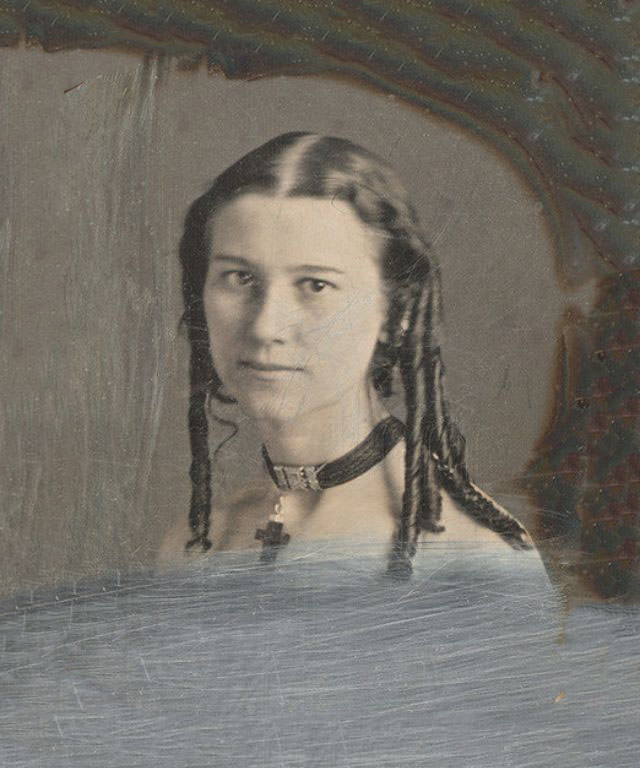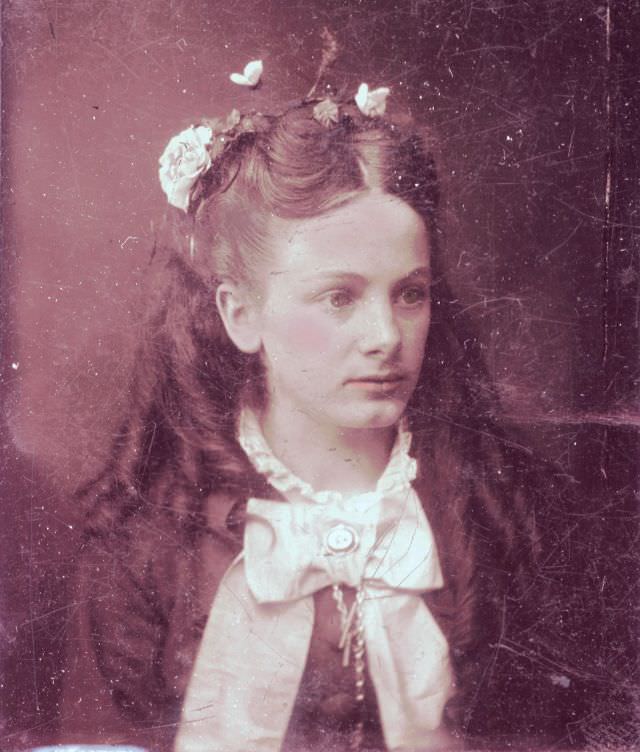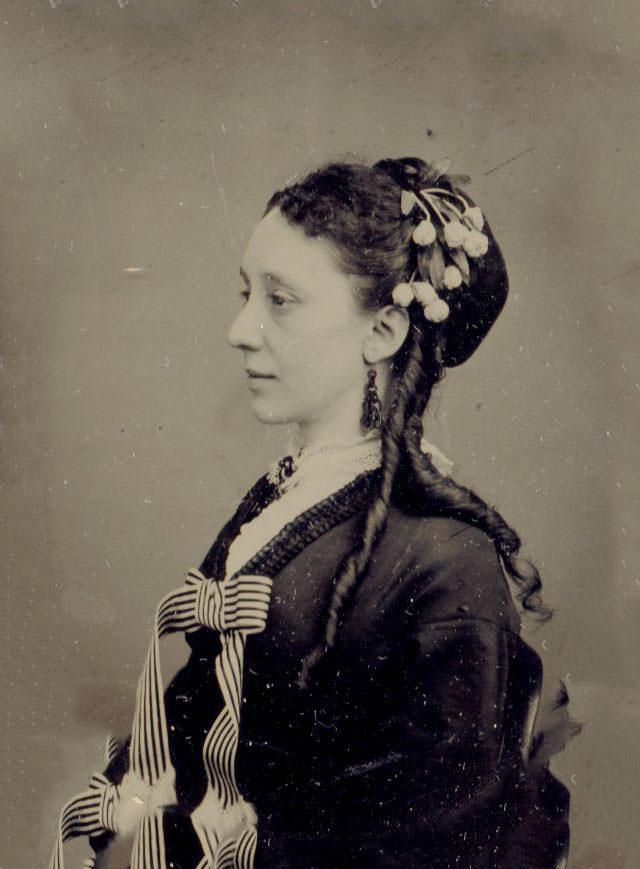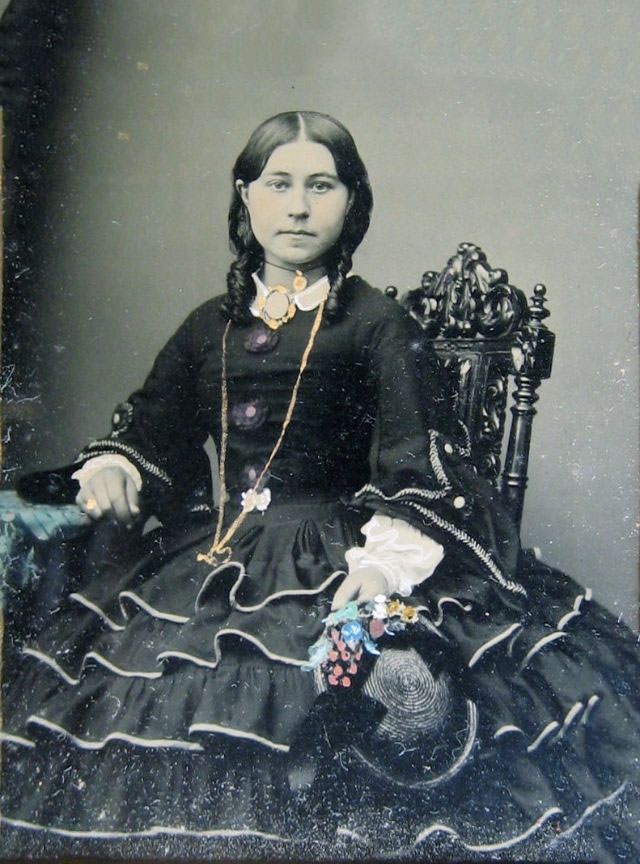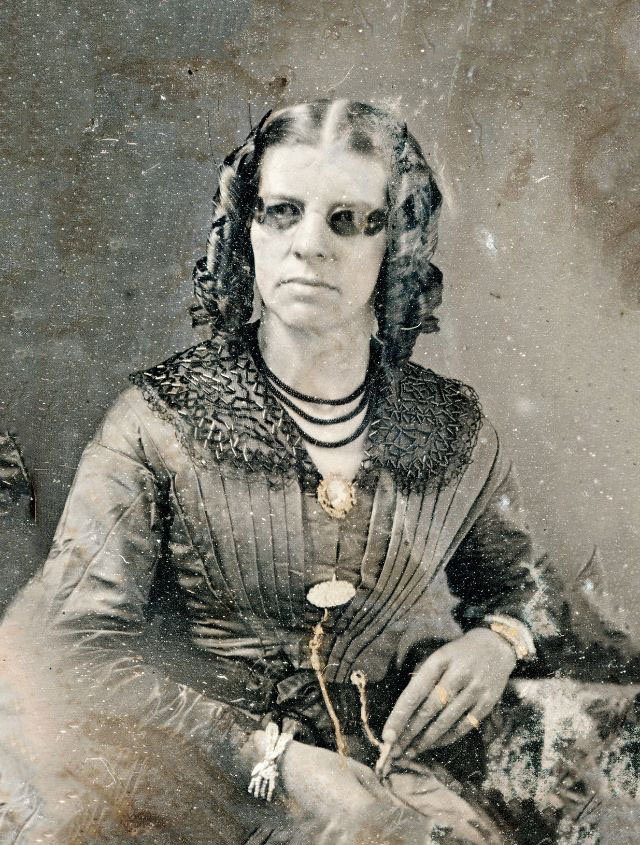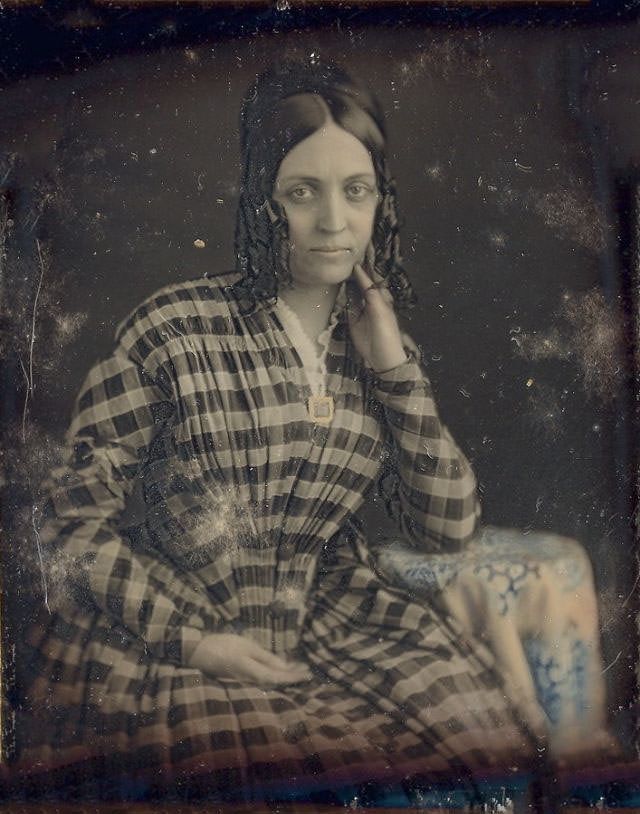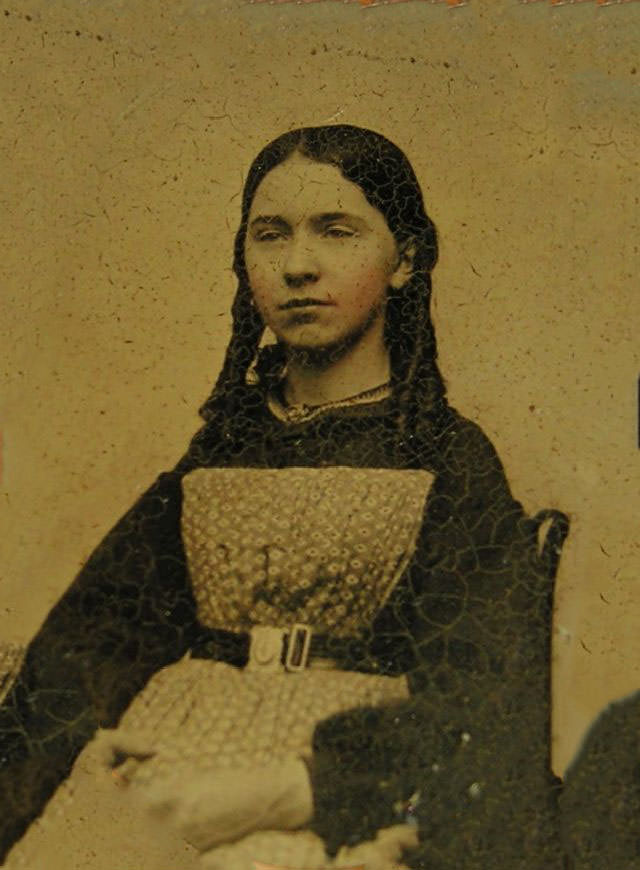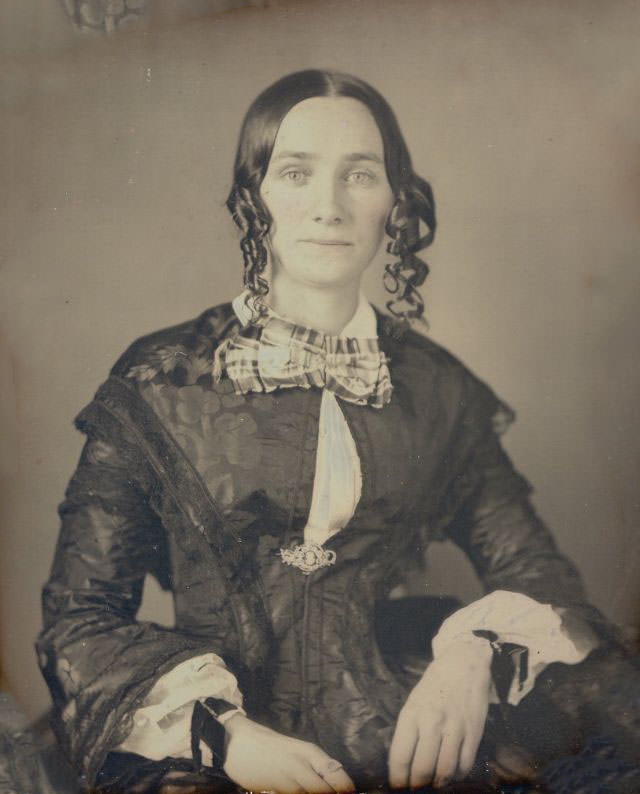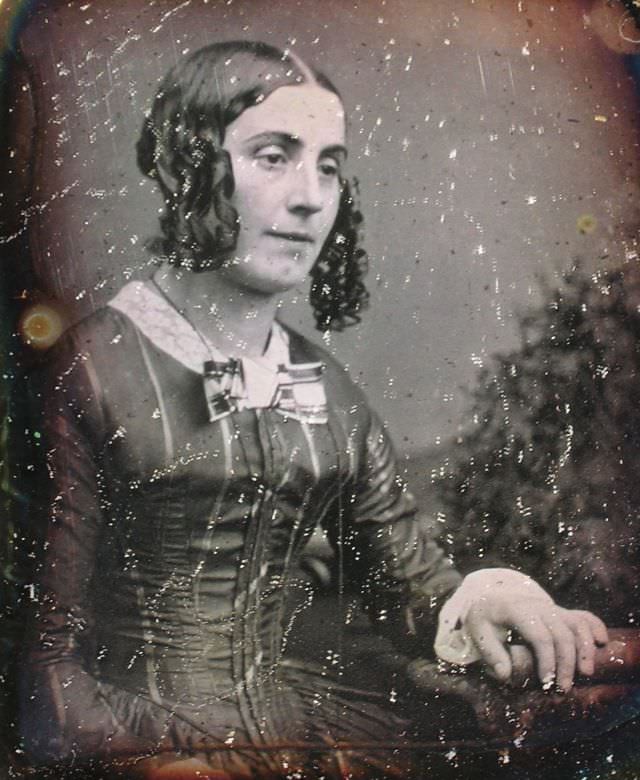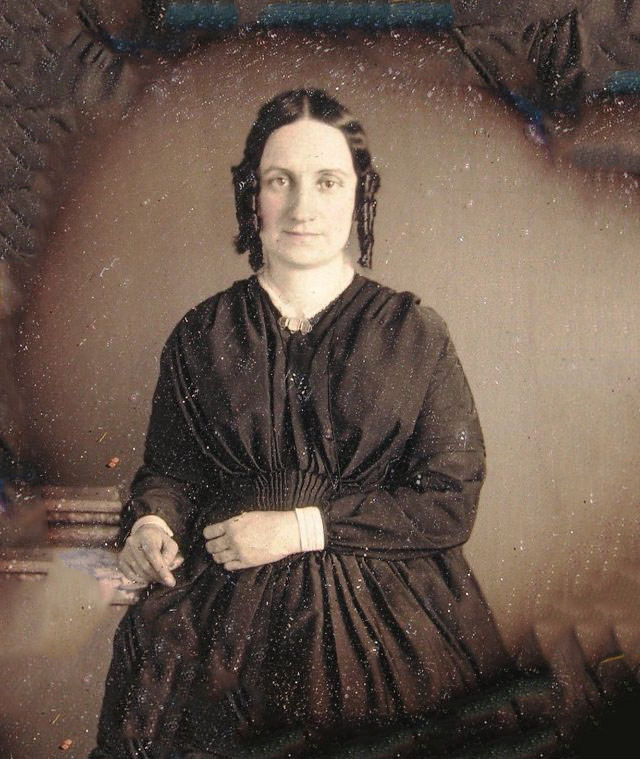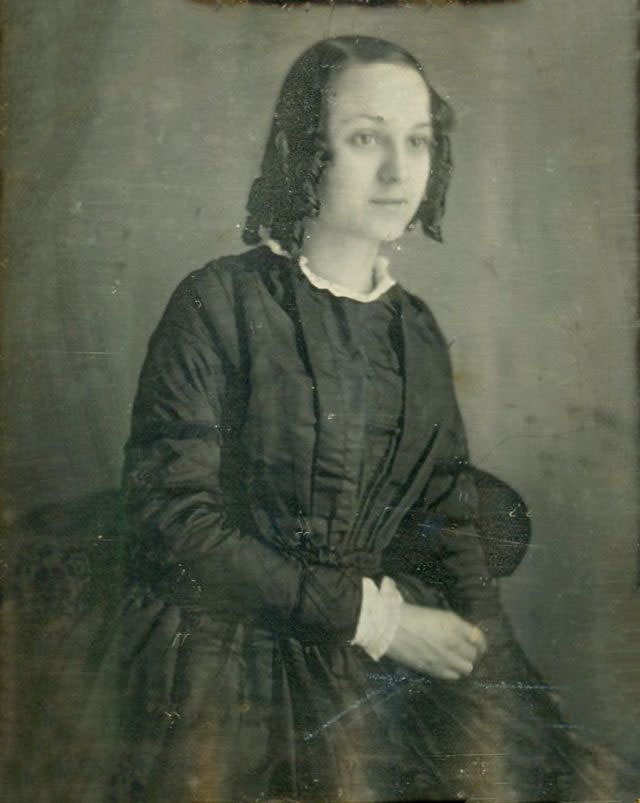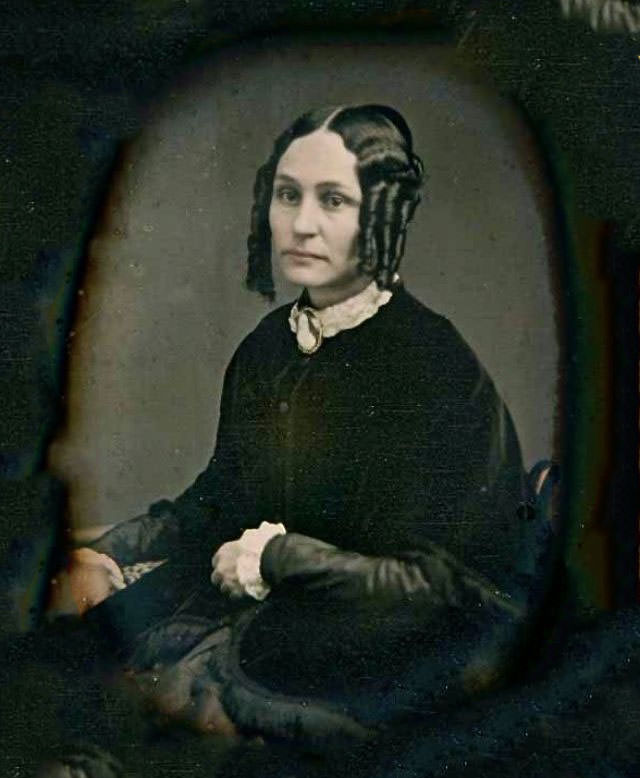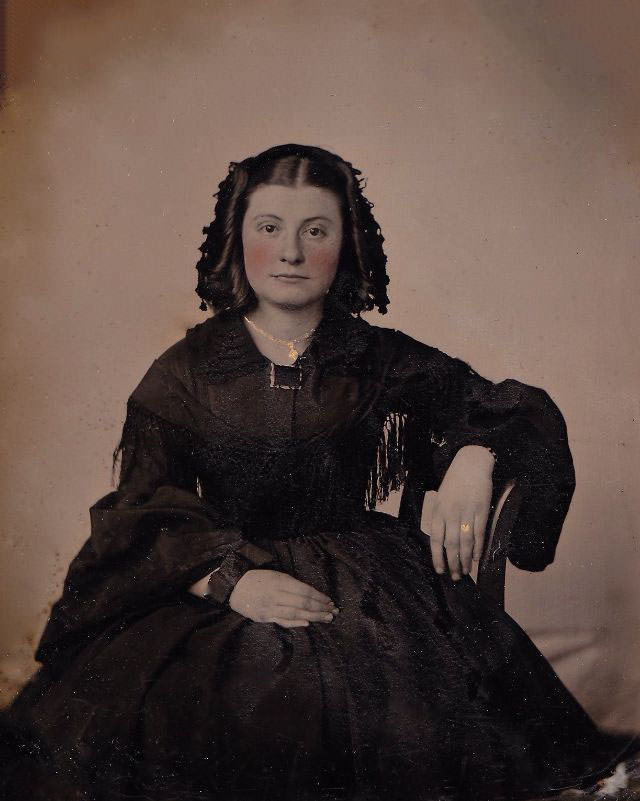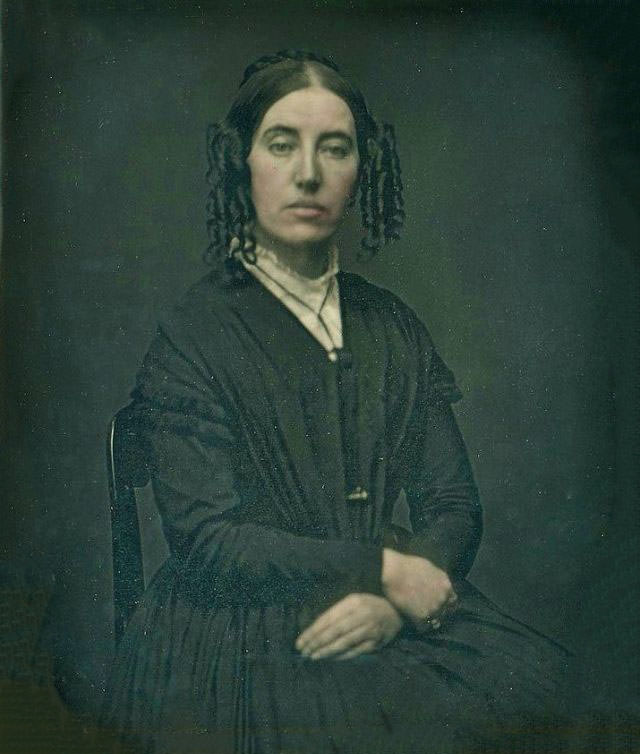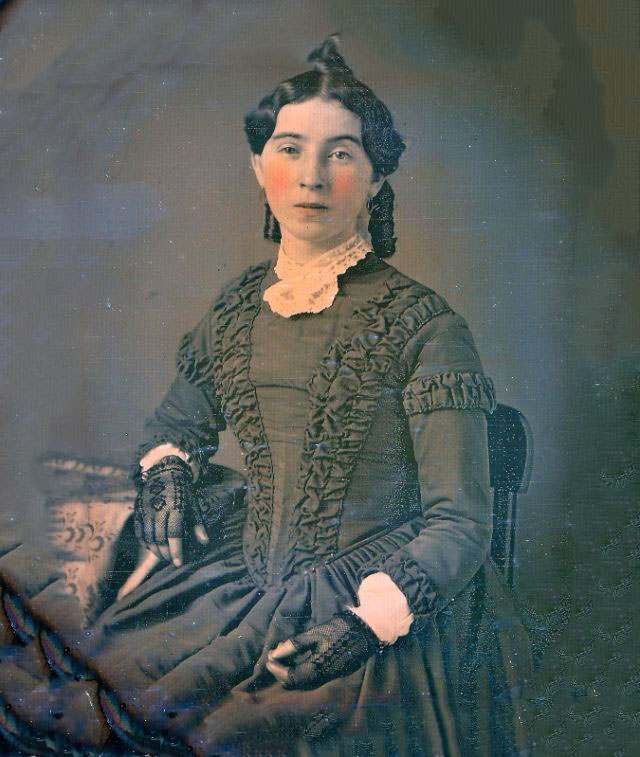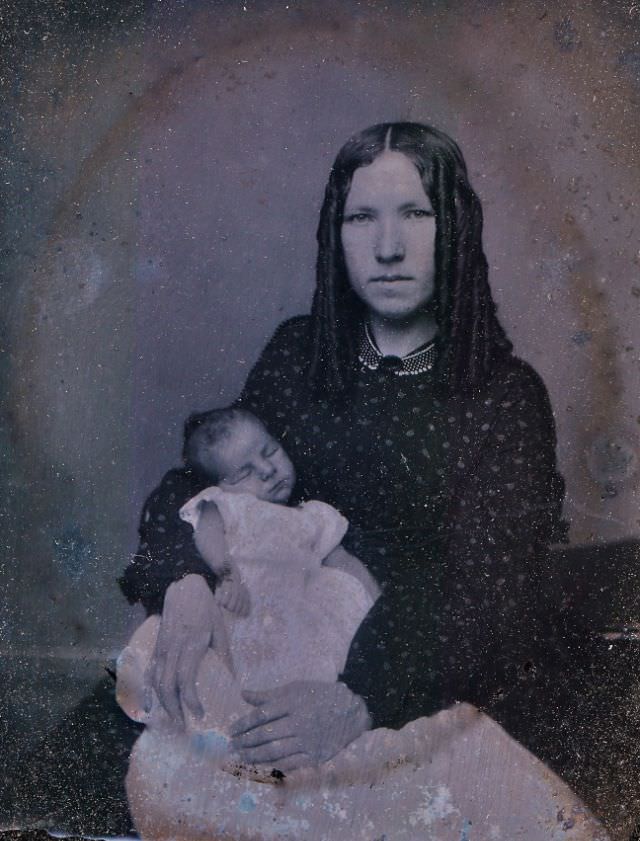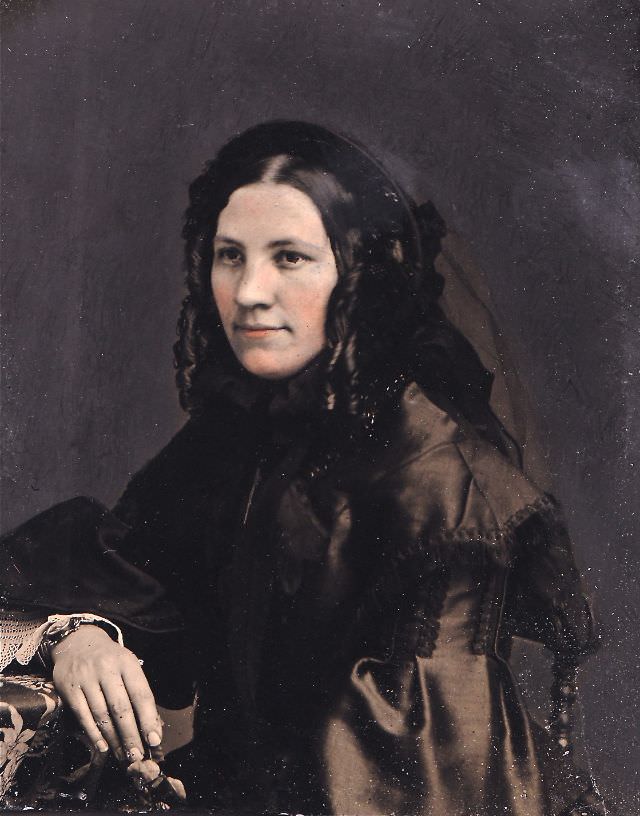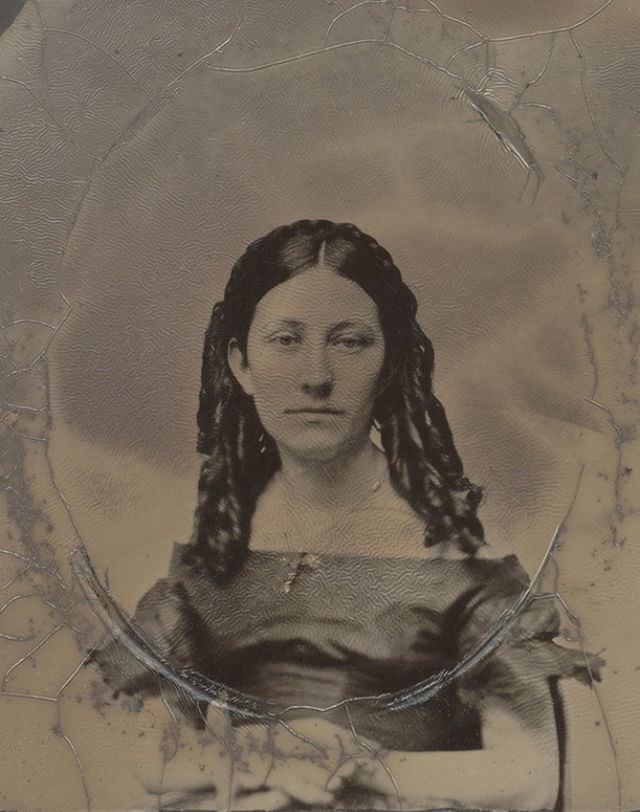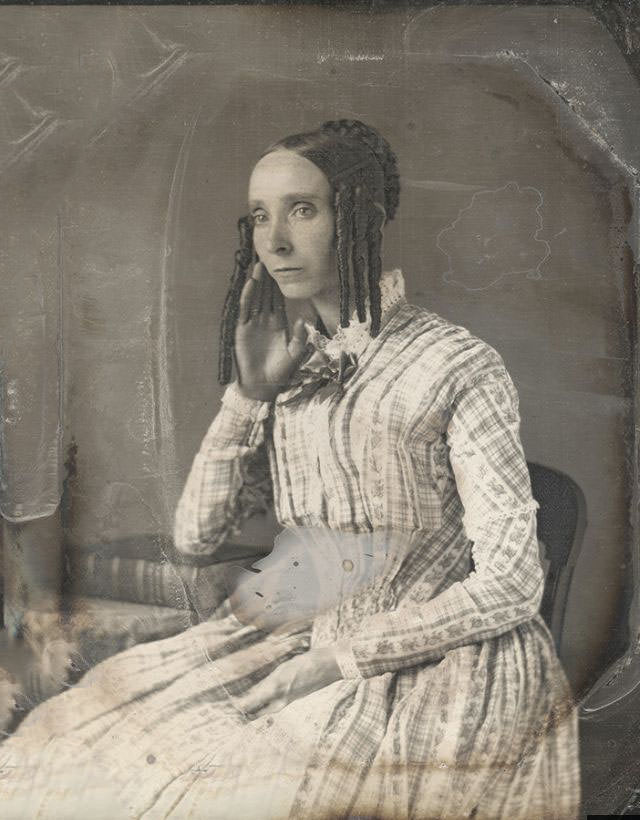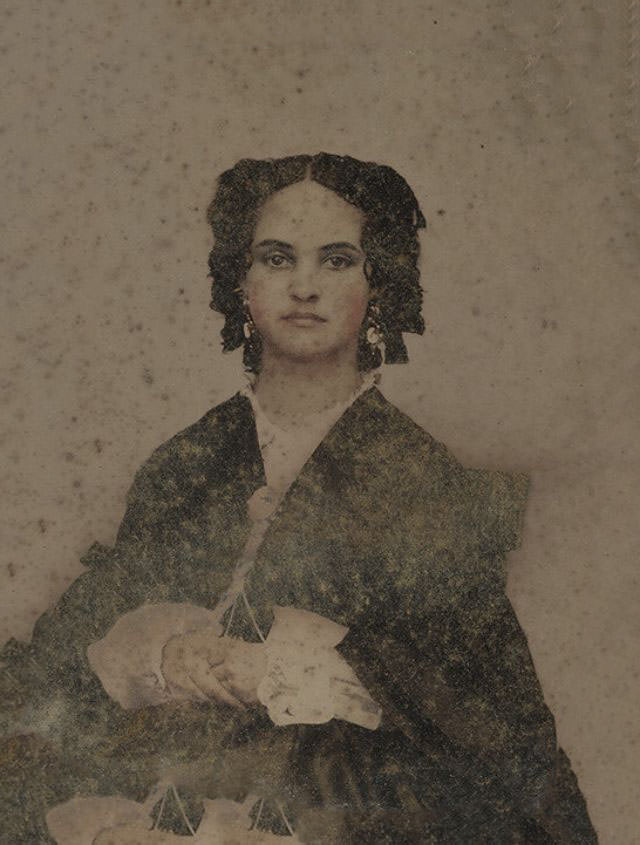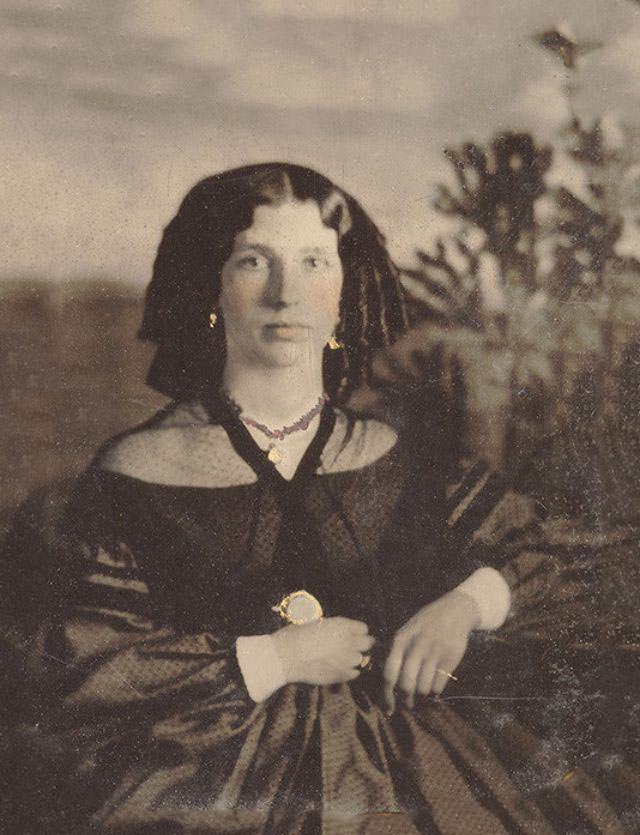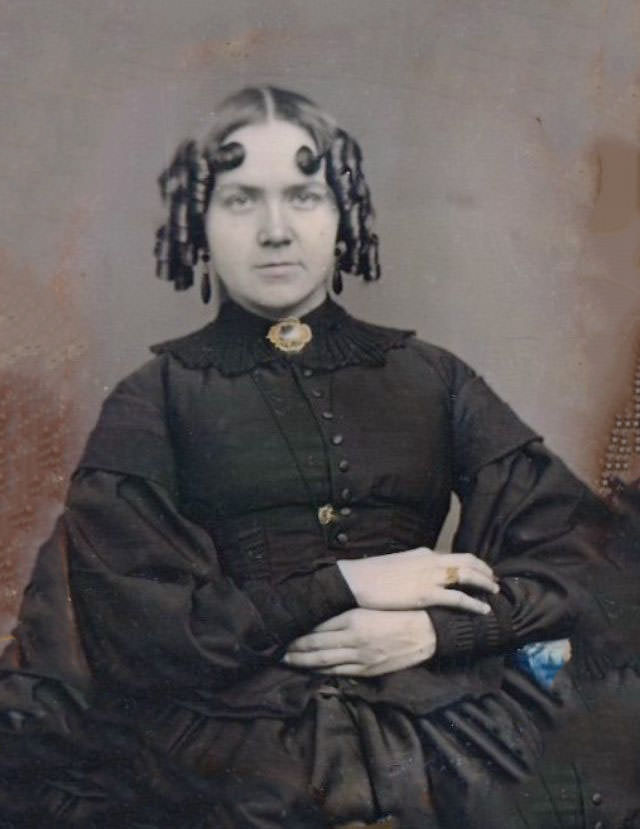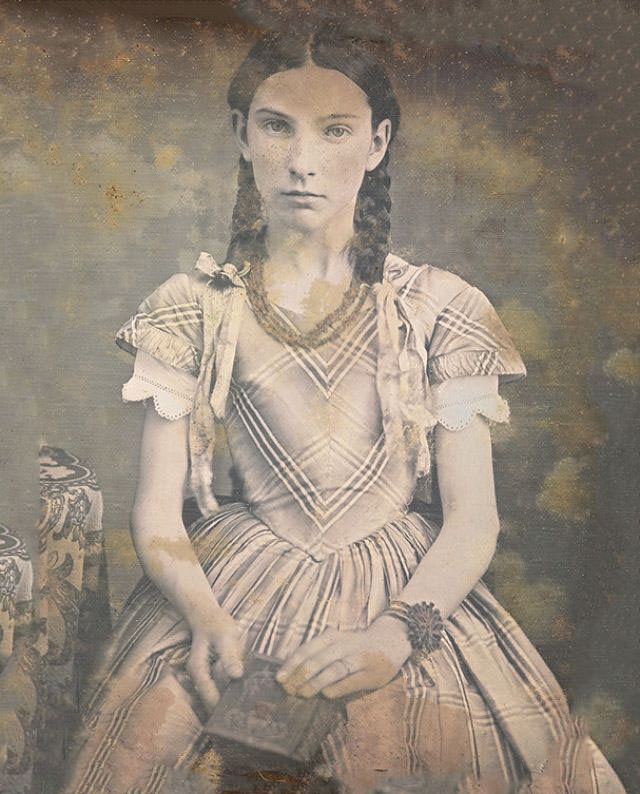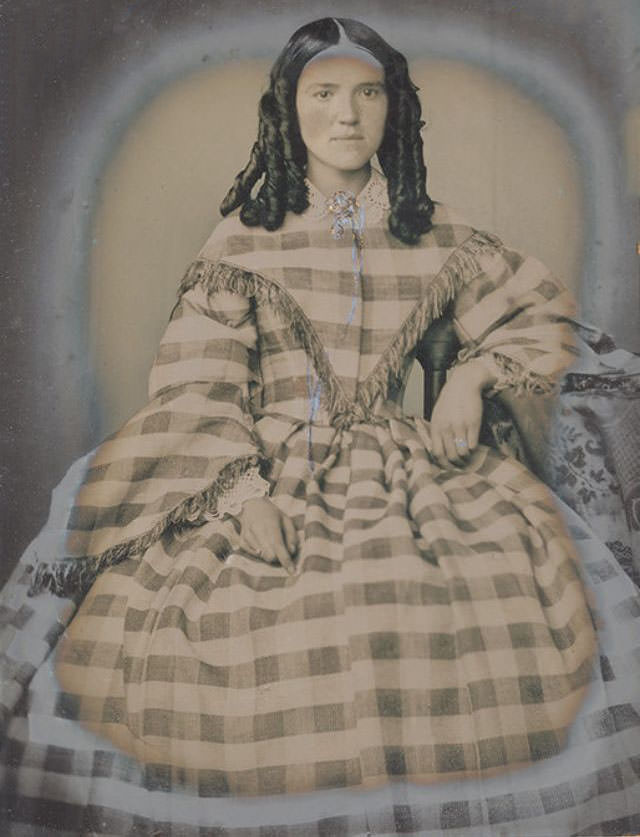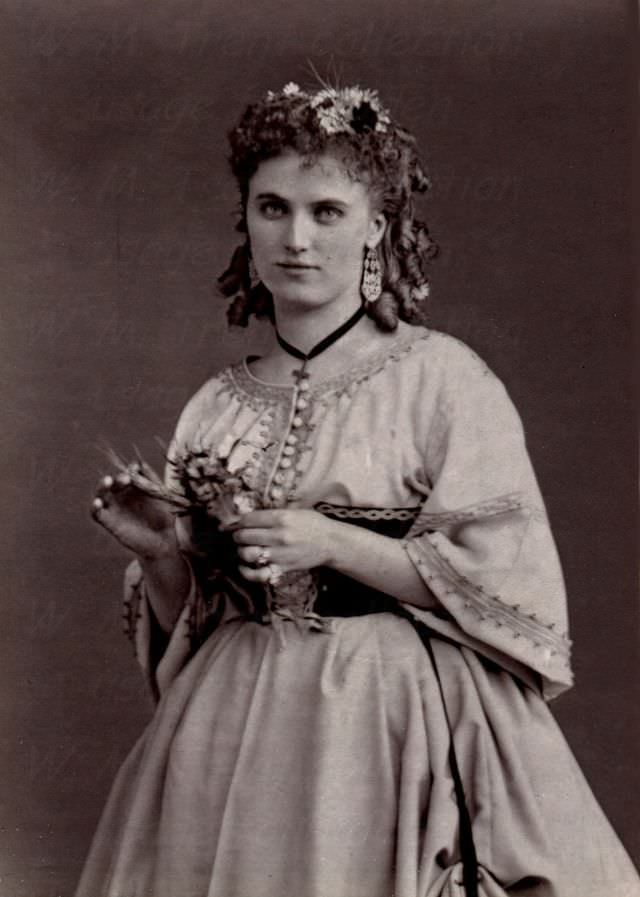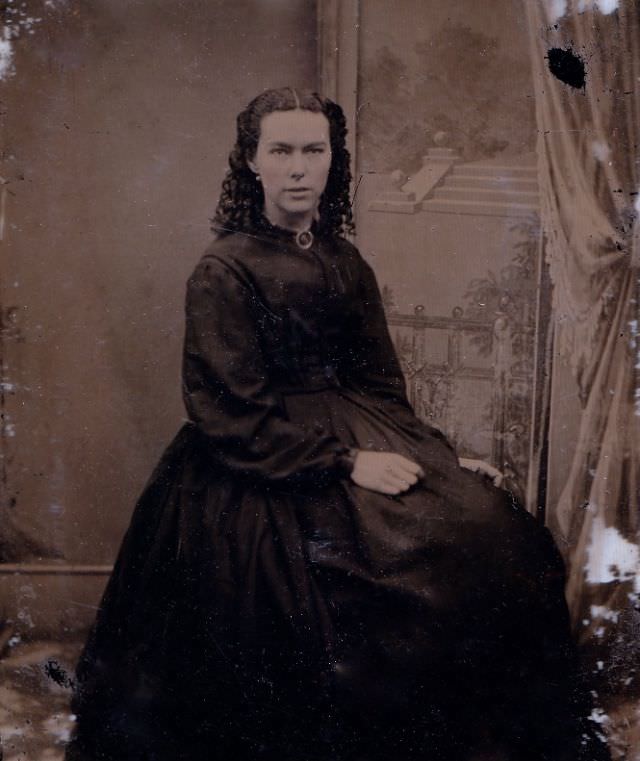The ringlet, or the ‘Sausage Curl’ as it was fondly known, was a hallmark of Victorian hair fashion. Imagine tightly coiled curls, arranged in an artful tumble down a lady’s back, or framing her face in soft tendrils. The look was feminine, delicate, and became synonymous with the refined aesthetic of the time.
In an era without curling irons or hair dryers, creating these lovely locks was no easy task. It required skill, patience, and a little bit of Victorian ingenuity. Women would wind damp hair around a finger or a piece of rag and let it dry naturally, setting the curl. Some even used heated tongs, which were essentially the great-great-grandmothers of our modern curling irons.
But why the fascination with ringlets? Part of the allure lay in their versatility. Ringlets could be worn loose for a casual day look, or they could be pinned up in elaborate configurations for formal occasions. They could add volume to thin hair, or tame the wildness of thick tresses. They were also a perfect complement to the bonnets and hats that were in vogue, providing a frame of soft curls around the face.
Ringlets also held a deeper symbolism. In the Victorian era, a woman’s hair was considered a reflection of her character and virtue. The ringlet, with its disciplined curls and controlled form, was seen as an outward display of a woman’s inner discipline and morality. A woman with well-kept ringlets was considered orderly, virtuous, and desirable.
The ringlet trend wasn’t confined to adults alone. Little girls often sported this hairstyle, their curls left loose to tumble over their shoulders, embodying the Victorian ideals of innocence and purity. This style was so popular that even some dolls from the era can be found sporting tiny ringlets.
The Victorian era was a time of strict societal rules and conventions, and hairstyles like the ringlet were more than just fashion choices. They were a way for women to express themselves within the constraints of their time. Despite the maintenance they required, ringlets were worn with pride and care, a testament to the style and resilience of Victorian women.


